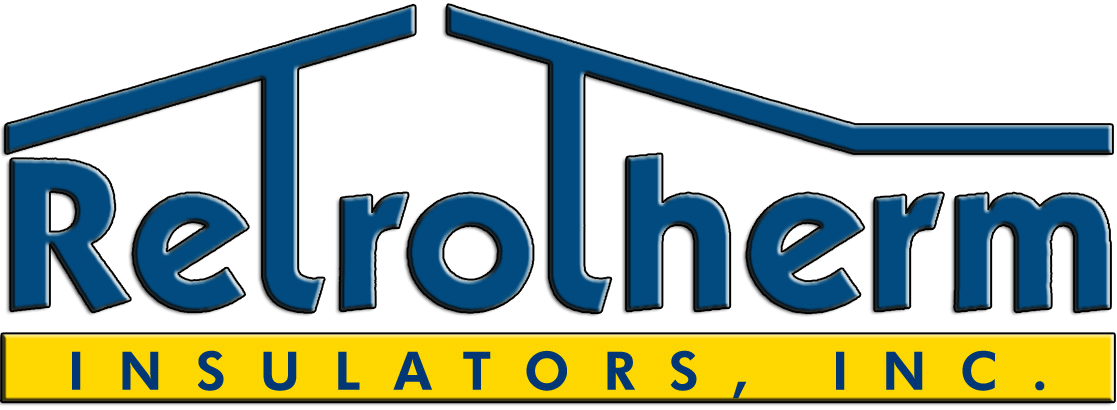Reducing Energy Consumption Limiting Our Global Footprint
Our cellulose sprayed insulation is made out of up to 80% post-consumer recycled paper. Cellulose takes less energy to make than any other insulation material. This is known as embodied energy and includes the total energy required to transport raw materials, manufacture and distribute the product. Fiberglass has up to 10 times more embodied energy than cellulose and foam products up to 64 times. Insulation, by reducing the amount of energy required to heat or cool a building, is environmentally friendly. All of our spray applied insulation products contribute LEED Credits to projects. Cellulose insulation, by utilizing recycled paper, helps prevent the release of the greenhouse gas methane which would result if that same paper were sent to a landfill to decompose.

Cellulose Insulation
Cellulose is composed of 7585% recycled paper fiber, usually postconsumer waste newsprint. The other 15% is a fire retardant such as boric acid or ammonium sulphate. Cellulose has the highest recycled content of any insulation available. For example, fiberglass has a maximum amount of 50% recycled content.
Our cellulose insulation product is processed in a clean, efficient, electricallydriven mill that requires relatively little amounts of energy.
∙ Takes less energy to make than any other insulation
∙ Cellulose has the highest level of recycled content in the insulation industry up to 85%. Cellulose insulation is made with recycled paper, paper that might otherwise end up in a landfill.
∙ Reduces the amount of energy needed to heat or cool a building
∙ Fire resistant
∙ Helps prevent greenhouse gasses
∙ Regionally produced, using local recycling programs and independent recyclers, and servicing communities close to home

LEED Points
Retrotherm is pleased to announce that K13, SonaSpray “fc”, SonaKrete, UreK, and Celbar products can contribute up to 17 points to the overall LEED (Leadership in Energy & Environmental Design) rating of a project. This program is a selfassessing system designed for rating new and existing commercial, institutional, and highrise residential buildings. It evaluates environmental performance from a “whole building” perspective over a building’s life cycle, providing a definitive standard for what constitutes a green building. K13, SonaSpray “fc”, SonaKrete, UreK, and Celbar contribute in the following areas:
∙ Optimize Energy Performance
∙ Recycled Content (80% PostConsumer)
∙ Local/Regional Materials
∙ Certified Wood
∙ Low-Emitting Materials
∙ Daylight & Views

